Wondering when is the best time to visit Europe? I’ve got you covered!
Most believe the best time to go to Europe is May to September. I have traveled to various places in Europe during all the seasons and let me tell you each season has its charm, as well as pros and cons!
In this guide, I’ll take you through the seasons and months so you can make the best decision for your circumstances. I’ll walk you through the least crowded and cheapest time to visit Europe, where to go for warm weather, where you might find snow, and where you are likely to find a great deal.
No matter your preferences, from exploring northern Europe to wandering through quaint towns in eastern Europe, each month and season offers unique experiences and varying temperatures. Whichever European destination you are thinking of visiting this guide will help you.

When is the best time to visit Europe?
While most believe May to September is the best time to visit Europe, I prefer to opt for the shoulder season, which falls from April to June and September to October. During these periods, the weather tends to be delightfully mild across most regions, the crowds are fewer and the prices are lower.
I’m lucky enough that I can travel whenever I want though so I know this isn’t the perfect time for everyone. I find the answer to this is very personal and lies in knowing what you’re looking for in your travel experience.
If you are looking for a beach holiday then southern Europe in the summer is best, or winter in western Europe for snow, northern Europe is wonderful in the spring as is western Europe. And for fall colors western and eastern Europe tend to be the best.
When to go to Europe depends on your budget, your tolerance for crowds, what weather you prefer, the part of Europe you are visiting, and the activities you want to take part in.
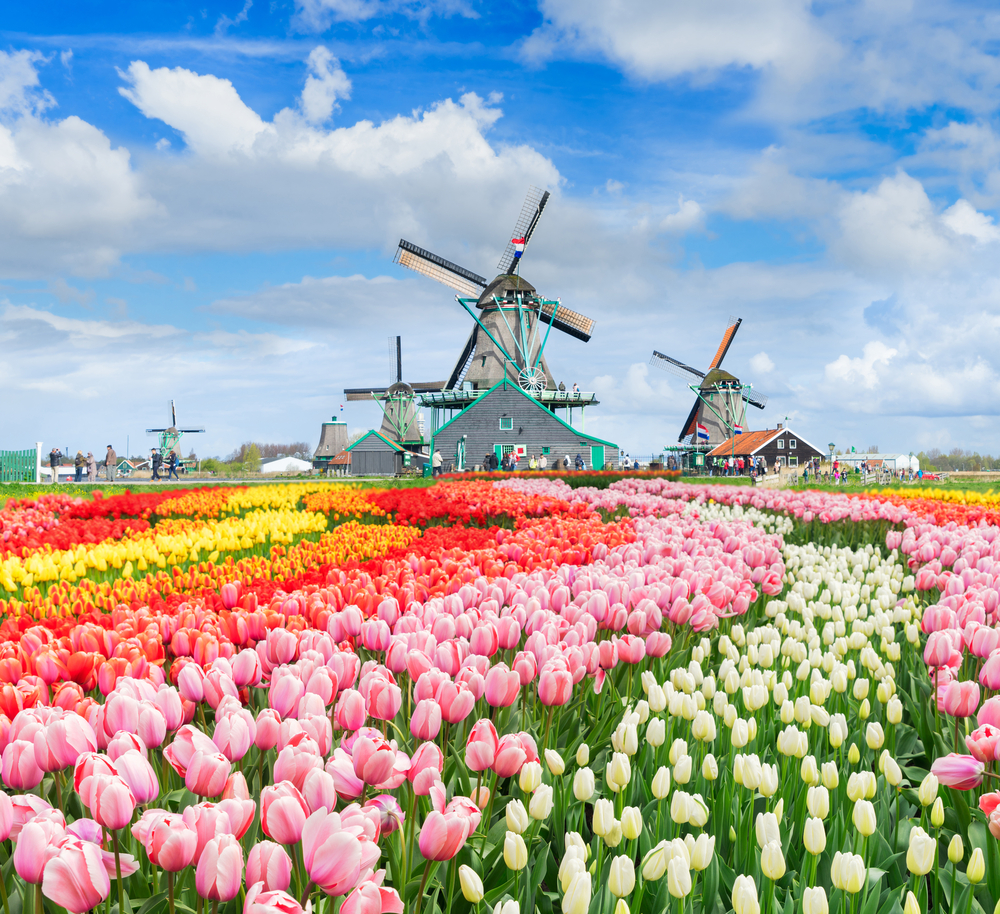
What Is The Worst Time To Go To Europe?
For me, the worst time to go to Europe is during the summer months. I have little tolerance for crowds and in the summer months, nearly everywhere in Europe is at its busiest and most expensive.
I also find the shorter days in winter hard to cope with and while it may be quieter the six to seven hours of daylight does not leave me in the best of moods.
The worst time to visit Europe primarily depends on your tolerance for crowds, high prices, weather, and daylight hours.
If you don’t tolerate crowds, like me, and don’t want to pay over the odds, stay away from the summer months. If you don’t like cooler temperatures and shorter daylight hours stay away from winter.

What Is The Cheapest month to travel to Europe?
If you’re on a budget, you’d probably want to know the cheapest time to visit Europe. Broadly, the off-peak season, generally from November through April (excluding the Christmas and New Year period), offers the most affordable options for flights and accommodations.
However, saying this we must remember that Europe is huge so it depends where you want to go. The ski resorts for example will not be cheaper during these months.
Also, local festivals will have an impact on the prices. I suggest you research the exact area you want to travel to but by and large, the tourist areas will be cheaper in the off-peak season.
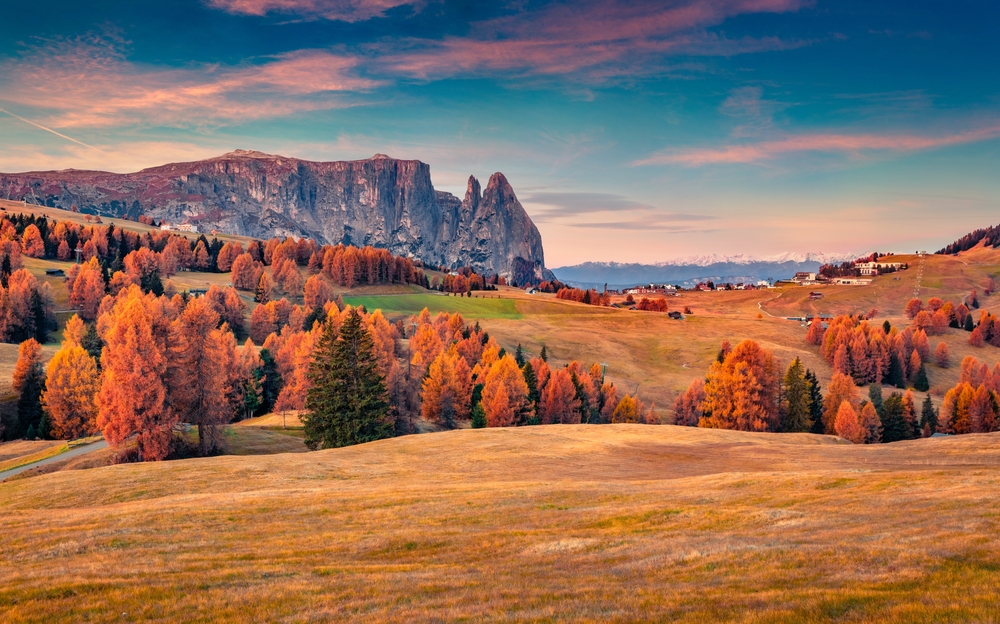
What month is the best weather in Europe?
The best weather months in Europe vary depending on the region. I find the weather in Spring to be best, it’s not too hot or too cold.
What I have also found is that Europeans tend to tolerate hot and cold different from Americans. I find the summers without air conditioning stifling, I’m from Florida but being in England during a heatwave was unbearable. I also find they don’t heat homes or public spaces as hot as we might want and I find myself cold there during the winter months.
What I’m saying is you can’t often just look at the temperature and assume you know what that is. 30°C/ 86°F in Florida is very doable 30°C in England in houses that are meant to keep in the heat, have small windows, no screens, and no air conditioning was an experience I do not wish to repeat.
Generally, June through August offers great beach weather in the Mediterranean areas. July and August are the time to travel to Europe for good weather.
For cooler temperatures and stunning natural beauty, September to November—the fall season—is your best bet, particularly in regions such as Northern and Eastern Europe.
European temperatures by month change dramatically from country to country so check before you go.

High And Low Season For Europe
The high season in Europe typically runs throughout the summer months from June to August, while the low season spans the late fall to early spring months when there are fewer crowds.
Note that these periods can shift based on the specific country and region. For instance, ski destinations see their high season in winter.
The shoulder season, falling at the intersection of these two periods is when I prefer to travel to Europe. The crowds are fewer, the weather milder and the daylight hours are longer than off-peak periods.
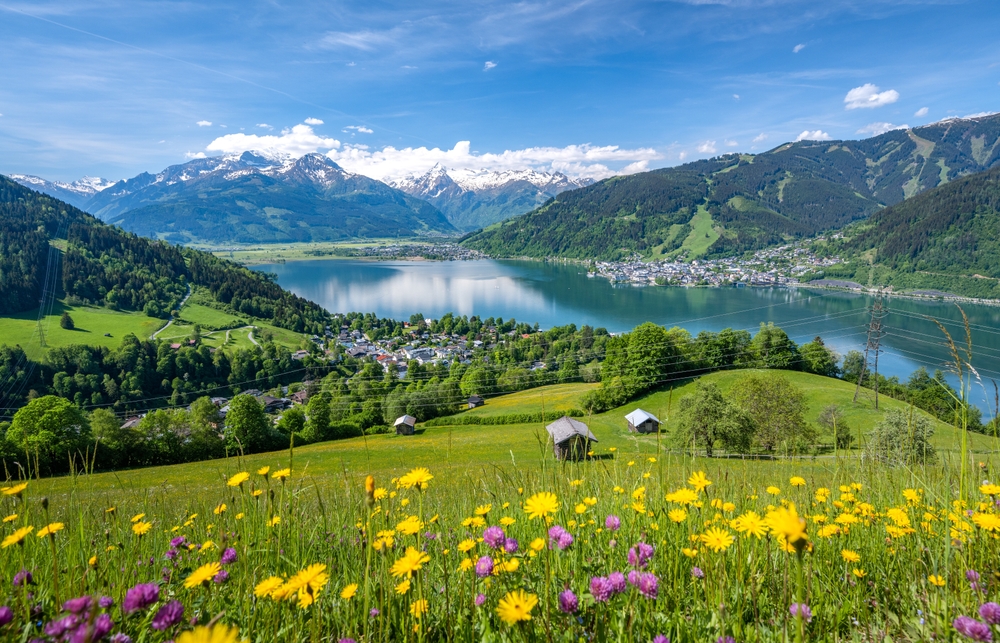
Visit Europe In Summer If You:
Summer months are traditionally the peak season in Europe, all across from northern, western, eastern, to central Europe. This is when most travelers are out and about, ready to soak up the sun and explore. These months include June, July, and August.
I find the summer months far too busy personally, but if that is your vibe then go for it. You will wait longer to get into tourist attractions but then again you will find everything open.
This is also the time when you find most of the festivals and activities are in full swing so you will always find something to do.
If you don’t tolerate heat try and find somewhere that is air-conditioned, believe me, you will thank me. Also, book tickets for attractions and events in advance as this will save you lots of time.
Temperatures vary a lot during the summer. Western Europe generally sees the highest temperatures reaching 32°C (90°F), and Central Europe will see highs between 24-27°C (74-81°F). Southern Europe will see highs of about 29°C (84°F) and the least rain. Northern Europe can get as low as 10°C to as high as 29°C (50-84°F).
Here are some of the best summer European destinations.

Visit Europe In Winter If You:
A lot of Europe is so magical during winter and if you enjoy cooler temperatures and are looking for a bargain this is generally the best time to travel to Europe (outside of Christmas and ski resorts).
In Europe, the winter months, from late November to February, are usually less crowded and offer unique experiences. Christmas markets in Germany, skiing in the Alps, or the magical Northern Lights in Scandinavia all await.
Even destinations in southern or Mediterranean Europe, although cooler in winter, can still be a joy to visit due to fewer tourist crowds.
This is generally the low season in Europe. Temperatures tend to be the lowest in Northern Europe -4-5°C (24-41°F) this is where you will most likely get snow. Central and Western Europe have temperatures of around 0-5°C (32-41°F).
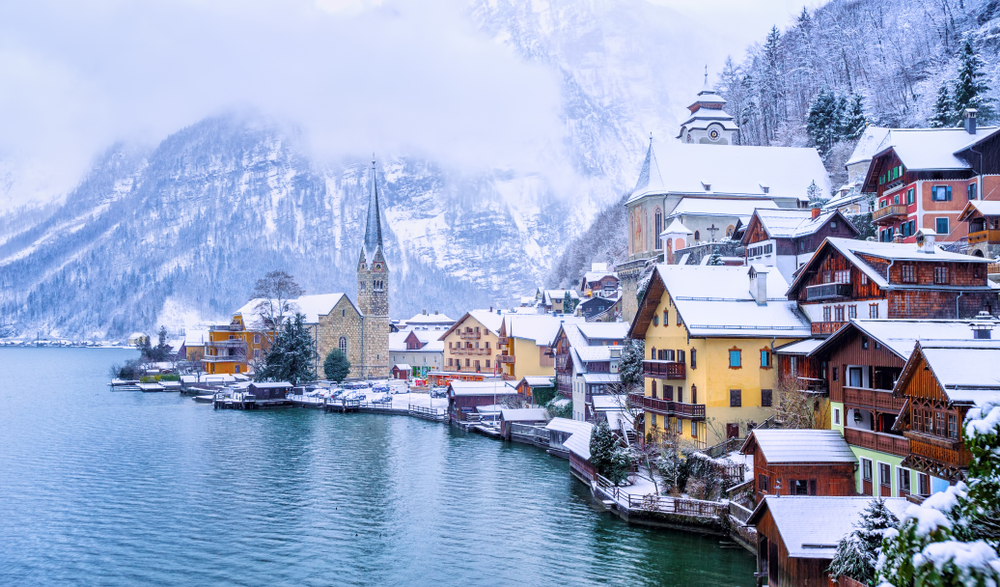
Visit Europe In the Fall If You:
I love Europe in the fall it’s so pretty and if you go in early fall the weather can be surprisingly good. After October the daylight hours do fall off a cliff though so keep that in mind.
I find it’s much more chill and relaxed everywhere and you tend to be able to find good bargains at this time.
The rustic vineyards of France and Italy, the mountain landscapes of Switzerland and Austria, and the serene countryside of Eastern Europe are breathtaking at this time of year.
Please check where you are going first though as a lot of tourist attractions will have fewer hours or be closed in the fall. A lot of places shut down from October to March or are only open on weekends.
As far as fall goes the temperatures can be a little bit of everything. Northern Europe is likely to be in the 0-15°C (32-52°F. Western Europe can be anywhere between 4-21°C (40-70°F) with Central ranging from 5-18°C (41-64°F). Southern Europe tends to be the most consistent ranging from 20-28°C (69-82°F).

Visit Europe In Spring If You:
This is my favorite time to travel to Europe, especially Iceland, I adore Iceland in the spring. The temperatures are mild, the crowds are fewer and the flowers are blooming everywhere.
The tulip fields in Holland, the cherry blossom in Germany, or the endless poppy fields in Provence, France, are sights not to be missed during a spring trip to Europe.
This is considered the shoulder season, where you can still enjoy the relatively good weather and avoid the peak tourist influx of summer.
I think this is the best season to visit Europe.
Weather is also very changeable in Spring. Western Europe can range from 5-15°C with Central Europe a little bit higher. Southern Europe can be anywhere from 15-25°C (59-77°F) and Northern Europe 1-11°C (33-51°F).
Spring is the best weather to visit Europe and is one of the best seasons in Europe, at least that is what I think.
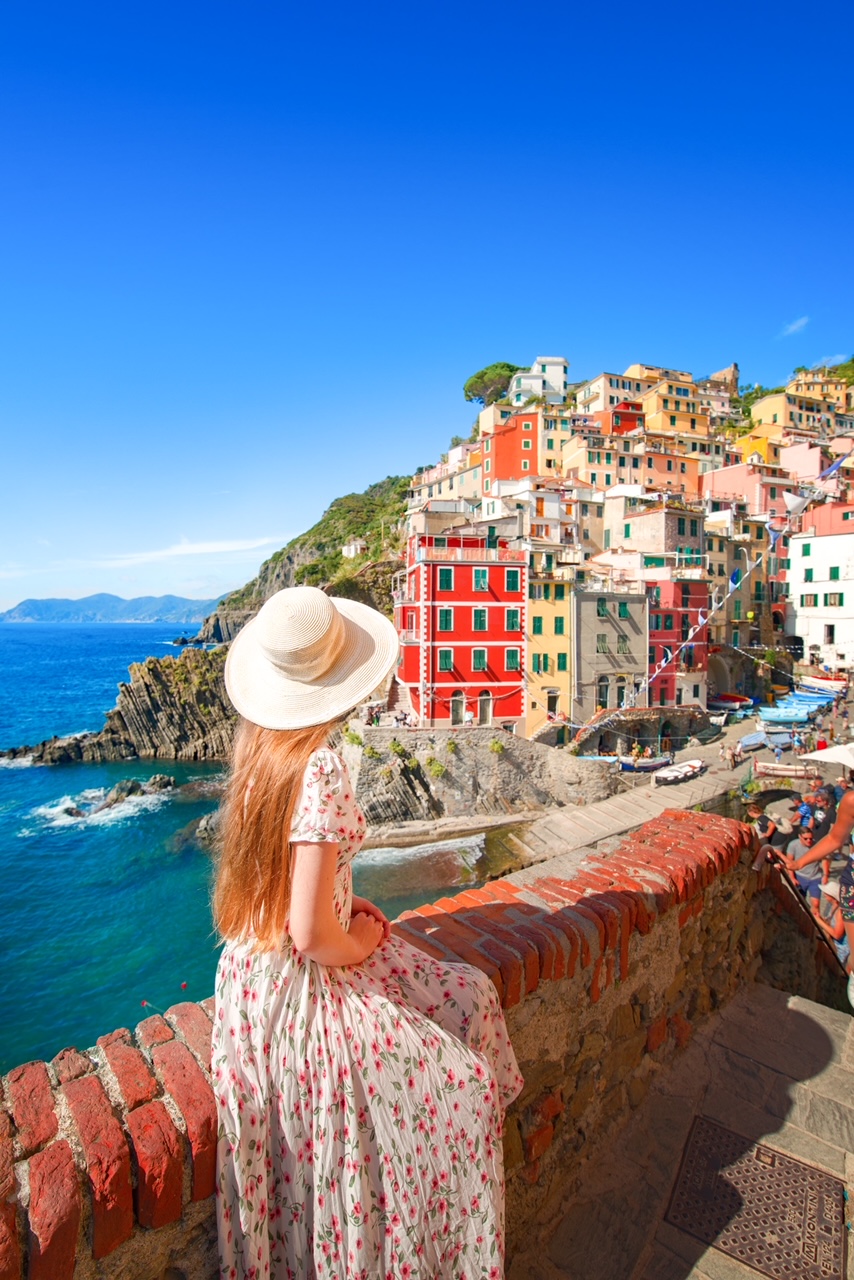
When To Go To Europe By Month:
Europe In January
This is the best month to visit Europe if you are looking for a bargain. You are likely to find a bargain at the beginning of the year.
If you’re a fan of winter sports or simply enjoy the charm of cozy winter days, January is a good time to visit. This is particularly true for Northern and Central Europe where you can find some globally-renowned ski resorts. However, it’s important to note that it’s also the coldest month of the year in most European countries. Therefore, pack accordingly if you decide to go.
In January, the winter charm envelops Northern Europe. It’s the perfect time to experience the novelty of the Northern Lights in Scandinavia. Down south, in Spain, the vibrant San Sebastian Festival in mid-January draws visitors with its exciting street parties and fancy attires.
January in Europe will bless you with quieter streets, fewer lines for attractions, and more value for money. You will find this one of the least crowded times to visit Europe.
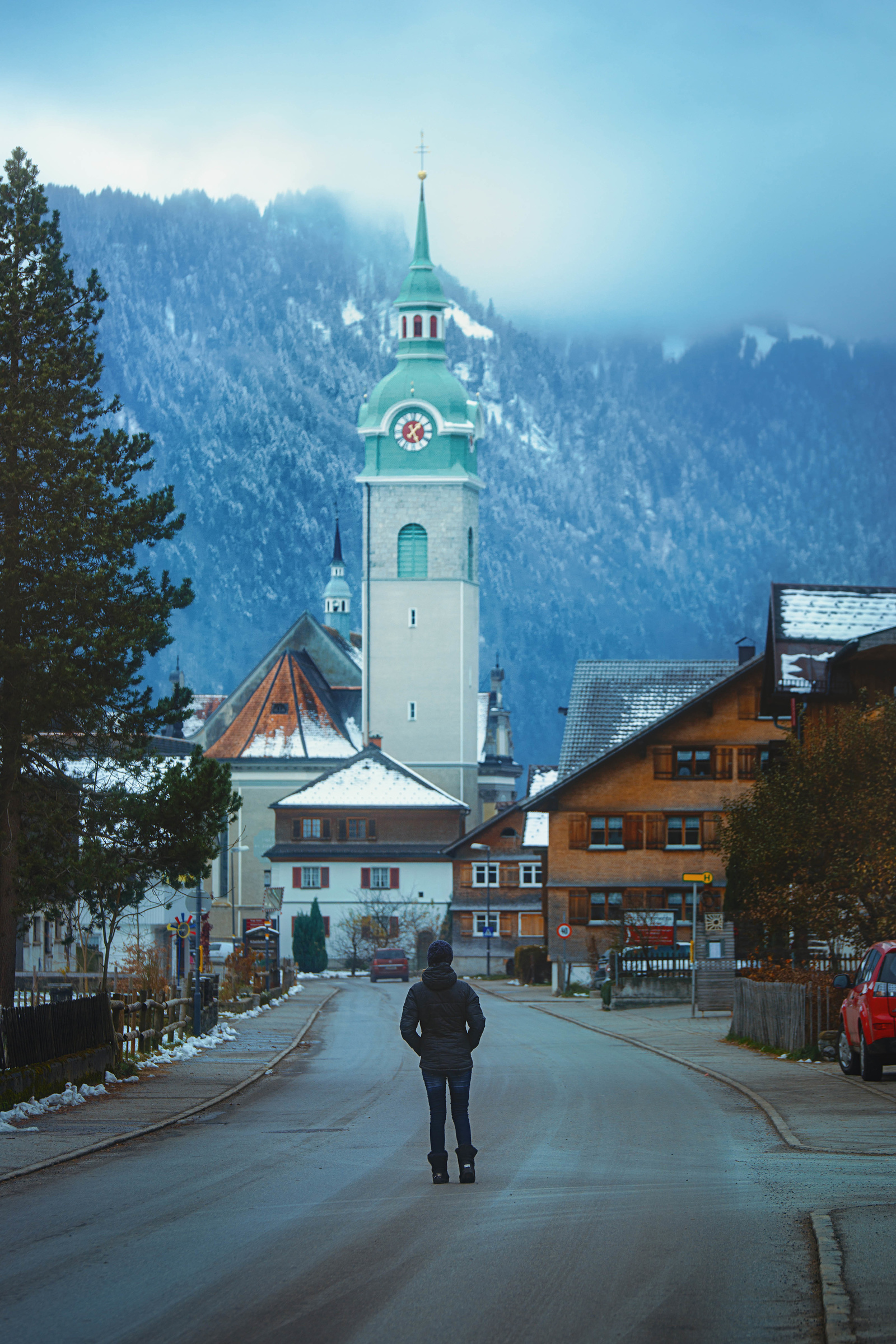
Europe In February
Being the Europe off-season, February in Europe offers fewer crowds and hence a more quiet, peaceful ambiance. This month is the ideal time if you’re on a budget as it is the cheapest time to visit Europe after the holiday season. You could also experience the magnificence of the Northern Lights in the Scandinavian countries during this period.
February sees the Carnevale di Venezia in Italy – an extravagant masked ball rooted in Renaissance traditions. Meanwhile, in France, the Nice Carnival, one of the world’s major carnival events, splendidly comes to life.
You might find this one of the cheapest months to go to Europe. Here are some of the most romantic European destinations if you are thinking of visiting for Valentine’s.
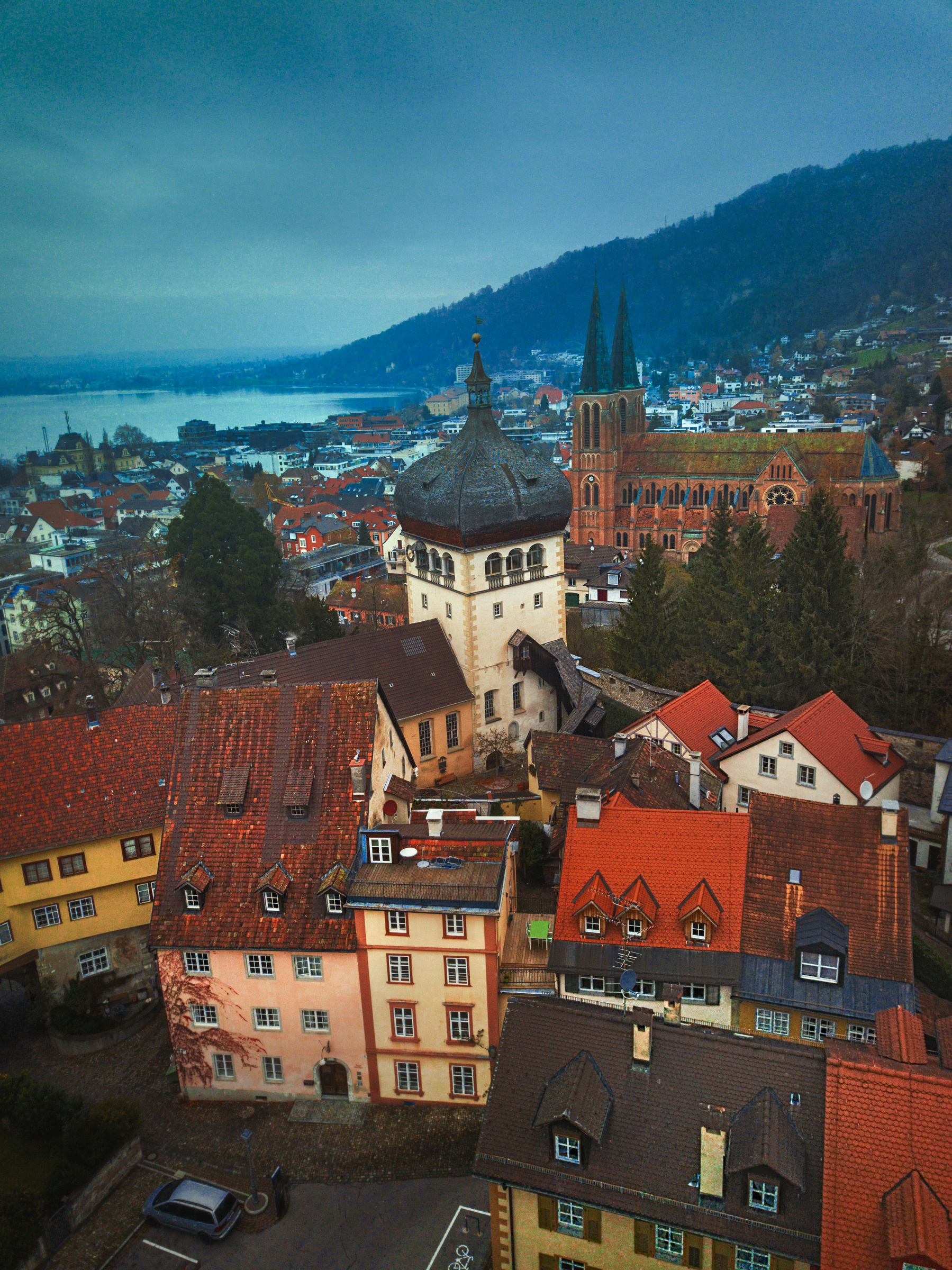
Europe In March
With the arrival of Spring, and the temperatures starting to rise across Europe. You get to witness beautiful flower blooms in parts of Western and Central Europe, making it an aesthetically pleasing time to travel.
It is also cheaper than the high season of summer, hence a great time for budget travelers.
As March arrives, you can enjoy the colorful St. Patrick’s Festival in Ireland. Simultaneously, in Valencia, Spain, the exuberant Falles Festival offers an unforgettable display of artistry through its grand, illuminated sculptures.
Depending on when Easter is you might find Holy Week falls in March with countries like Spain, Italy, and Portugal going all out with celebrations.
March in Europe is one of the best times of year to travel to Europe if you are looking for lower prices but better weather.
Here are the best 15 Best Places To Visit In Europe In March.

Europe in April
April offers pleasant weather and blooming landscapes. During this month, you can marvel at the world-famous tulip fields in the Netherlands. Plus, the Easter festivities across various European cities add a unique charm, presenting a great time to immerse yourself in the local culture.
April brings the iconic Keukenhof Tulip Festival in the Netherlands. Tulip fields across the country spring into a riot of colors, offering photographers a perfect vista.
April in Europe will also see the tourist attractions that have been closed open back up, the skies will be bluer and the daytime hours start to get longer.
April in Europe is the best time to vacation in Europe in my opinion.
Here are some of the best places to visit in Europe in April.

Europe in May
In my opinion, May is the best month to go to Europe. You see beautiful green landscapes, warm weather, and fewer crowds. This is also the beginning of the shoulder season, where you’re likely to snag great deals on accommodation and flights.
The summer crowds haven’t arrived yet, but you will find most things open and it’s almost like Europe has woken up from its slumber.
May, the start of Europe’s music festival season, highlights the Eurovision Song Contest held in various locations. Concurrently, the Cannes Film Festival in France attracts cinephiles from across the globe. In Iceland, you will find the Reykjavík Arts Festival and the Kirkjubæjarklaustur Chamber Music Festival taking place.
I feel May in Europe is one of the best times of year for Europe.

Europe in June
If beach weather and outdoor activities are your priorities, June might be the best time for you to travel to Europe. Consider visiting the Mediterranean it’s one of the best summer destinations in Europe and is lovely during this time. Also, since the peak tourist season hasn’t fully kicked in, you’ll find the region less crowded.
From June’s Isle of Wight Festival in the UK, famous for its rock-pop-oriented content, to Portugal’s vibrant Santo Antonio Festival, June offers a myriad of vibrant cultural experiences.
You will find June in Europe really pleasant temperature wise, the daylight hours longer and it won’t be as busy as the summer months as European schools tend to break up later.
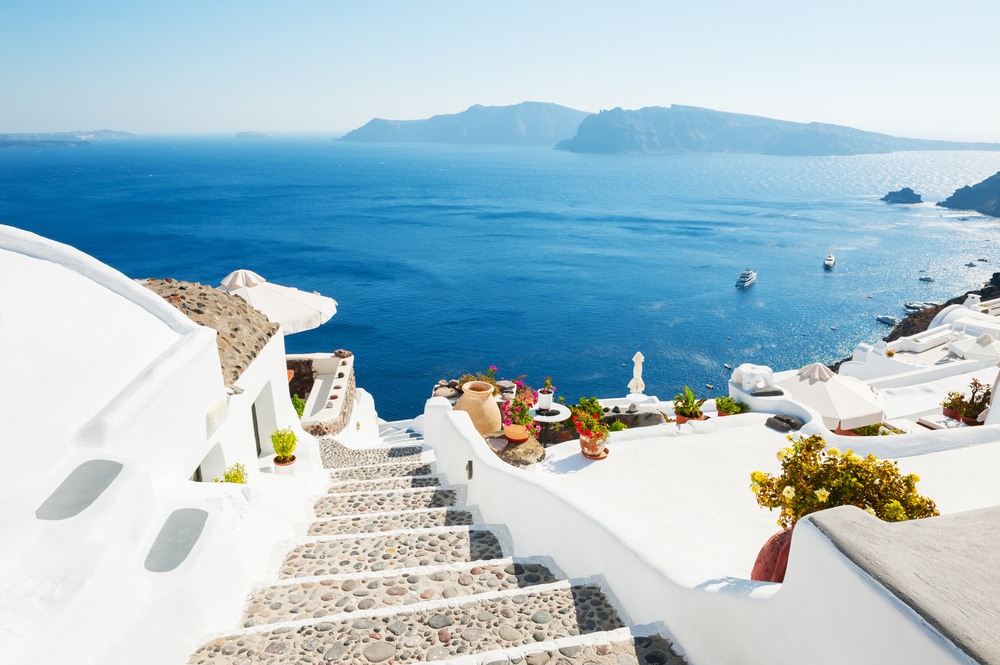
Europe in July
July in Europe is one of the busiest months especially as this is the month when Europeans start to take their holidays. Expect the beach resorts to be crowded and prices to be sky-high.
Thsi is peak tourist season in most parts of Europe. The weather is predominantly hot, with occasional rainfall, and you will find all tourist attractions open later than normal. This is also the month with the longer daylight hours with some parts not getting dark until 11 pm.
Festivals are in full swing with the 2nd of July seeing the Palio, a historic horse race taking place in Sienna, Italy. Spain’s Running of the Bulls takes place as well as countless other festivals.

Europe in August
August in Europe takes on much of the same energy as July with temperatures high, daylight hours long, and lots going on.
The Edinburgh Fringe Festival takes place in Scotland and Iceland sees Menningarnótt (Culture Night), Fiskidagurinn Mikli (Great Fish Day), and Síldarævintýri (Herring Adventure Music Festival) take place in August.
You will also find music festivals galore with the Leeds and Reading musical festivals taking place in the U.K. I could go on and on. Let’s just say it’s all happening everywhere in August. This is also the month that most Europeans take their holidays.

Europe in September
September signals the start of the fall season in Europe. The summer crowds have usually dispersed, and the scorching temperatures have cooled down, making sightseeing more enjoyable. It’s a great time to explore Western, Southern, and Central Europe, especially if you appreciate Autumn’s colorful foliage.
As September rolls in, the Oktoberfest in Munich, Germany, serves up the world’s largest beer festival and is a significant part of Bavarian culture. The Regata Storica takes place in Venice and the grape harvest begins across southern Europe in the vineyards.

Europe in October
October is yet another great month to travel to Europe if you’re aiming to avoid the crowds. The autumn scenery is at its peak, offering stunning landscapes in the countryside. If you plan to visit wine regions such as Bordeaux in France or Tuscany in Italy, as grape harvest season is in full swing, this is the perfect time.
You will find Southern Europe is still fairly warm but northern Europe will start to get colder. October also tends to be a wet month across the whole of Europe.

Europe in November
November marks the beginning of the winter season in Europe. This month is one of the least crowded times to visit Europe, and prices for flights and accommodations tend to drop significantly. Weather across Europe becomes cooler, with Northern and Eastern Europe experiencing the onset of the winter freeze.
With November’s cooler temperatures, the Jazzfest Berlin takes center stage, attracting jazz enthusiasts, while Greece’s Thessaloniki International Film Festival entices film lovers.
If you want to see the northern lights in icleand this is the month they begin to be visible. This is the best time to visit Europe to avoid the crowds.
If you go towards the end of November it is the best time to visit Europe in winter as it’s cheaper but you will still get to see the Christmas decorations.
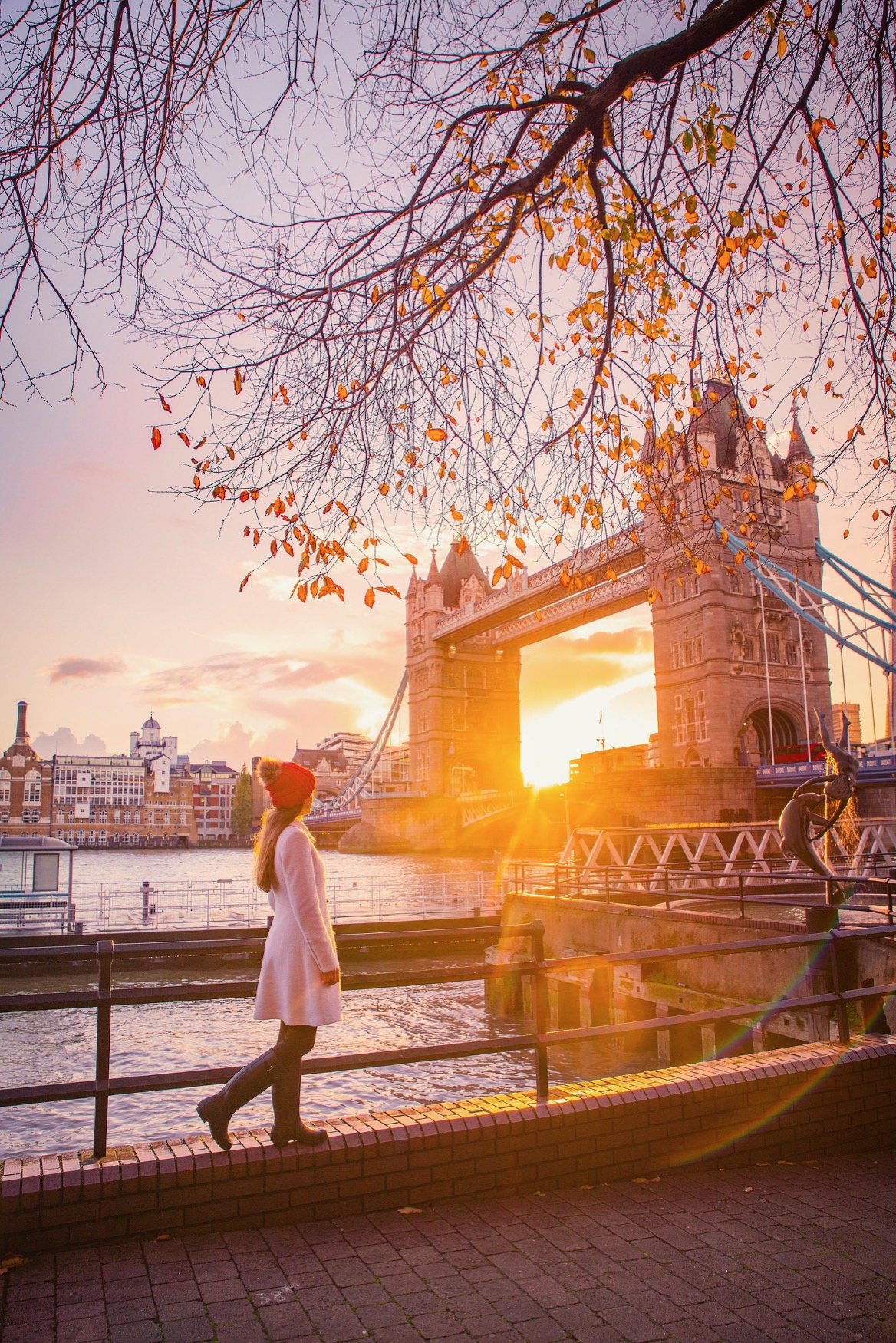
Europe in December
I always thought Americans knew how to do Christmas but honestly Europe does it a much classier way. The amount of traditions they have surrounding this season makes it special.
Deciding to visit Europe in December means stepping into a winter wonderland. You can experience exquisite Christmas markets filled with festive cheer, particularly in Central Europe. However, it’s also one of the busiest periods in certain places, especially around Christmas and New Year. So, make your bookings well in advance!
Germany’s Nuremberg and France’s Strasbourg are two of the best Christmas markets. The Hogmanay in Scotland offers a memorable New Year’s Eve celebration with fireworks, parades, and concerts. Icleand has some incredible New Year’s celebrations and expects the U.K. to be full of Christmas Carolers.
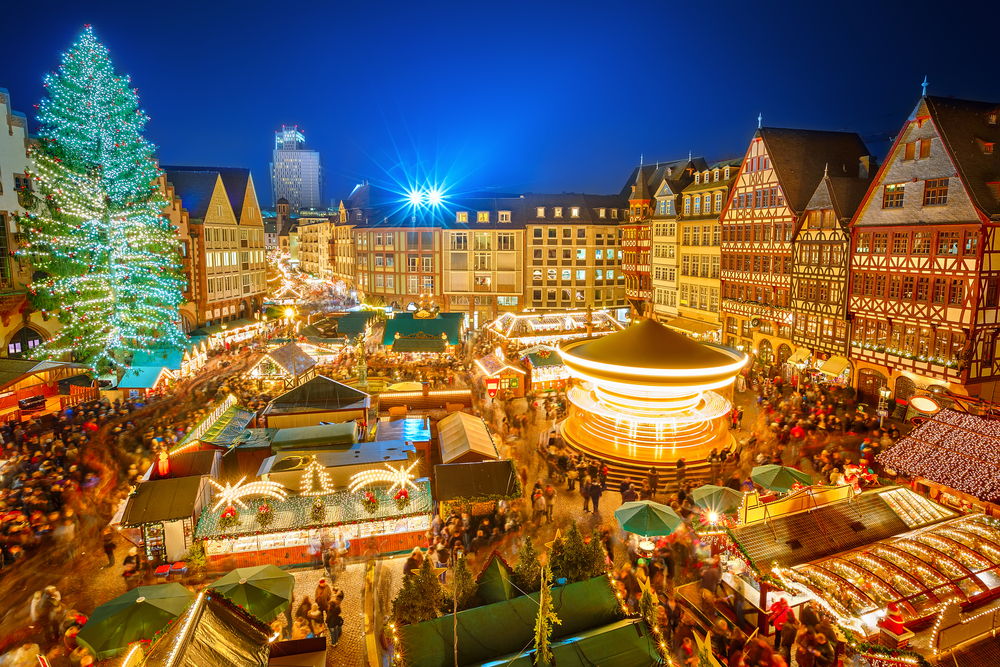
Planning your Europe trip mindfully, depending on what you want, is crucial. Whether it’s sunny beaches, snow-clad mountains, vibrant festivals, or serene countryside, Europe has something to offer in every season, at every corner.
The best time to visit Europe is as individual as every person reading this and my advice is to visit at a time that works for you.

 One Day In Paris Itinerary: How to See Paris In A Day
One Day In Paris Itinerary: How to See Paris In A Day